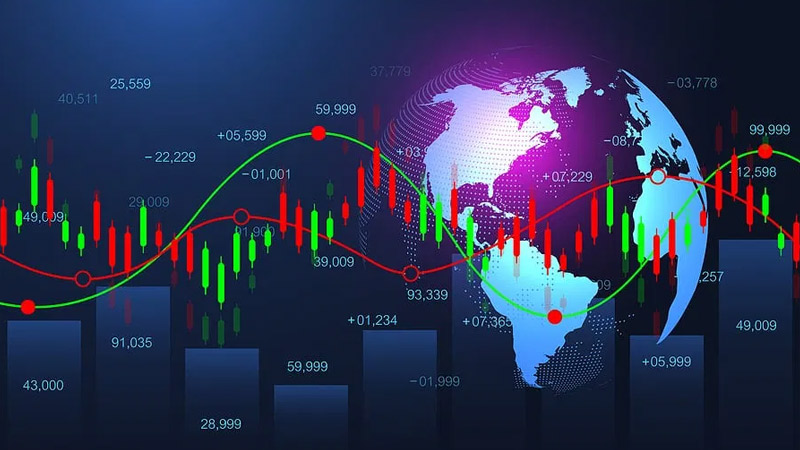
CFD Trading Risks and How to Mitigate them
CFDs (Contracts for differences) consist of agreements made in futures contracts where the settlement variation is done through cash payments instead of physical goods. Also known as leveraged products, CFDs operate by exposing you to the market by depositing a tiny percentage of the entire value you want to place in the market.
CFD traders can make huge profits under favorable market conditions. However, significant losses are also imminent should the market move against you. Here are possible CFD trading risks and how you can alleviate them.
Unavailability of Industry Regulation
When selling or buying CFD, only one asset will be traded, that is, the contract that a CFD provider issues. Again, the contract for differences industry lacks proper regulation. A broker’s prosperity is often based on various elements like credibility depending on their longevity in business, financial position, and reputation. CFDs also lack liquidity.
Gapping Risks
Market conditions influence numerous financial transactions. As a result, they may augment the risk of losses. When minimal trades are occurring in the market for a particular underlying asset, such could trigger liquidity in your prevailing contract; in this case, a CFD provider may have to close contracts due to low prices. Further, they may want to offer extra margin payments if they wish to keep the trades open.
Various changes distinguish financial markets, and the CFD price could fall before applying the previously consented price. This process is known as gapping. People holding a prevailing contract may have to accept less than the precise profits or shelter any losses that the provider incurs.
Market Risk
Similar to stock markets, CFD markets are highly volatile, which can result in sudden risks. When the underlying asset value increases, an investor can make great profit returns. However, when there is a sudden fluctuation in the wrong direction, your investment is highly likely to suffer.
Small changes can trigger huge impacts on the anticipated returns. Your provider can opt to close your contract, or you could have to dispose of it at a loss when you can no longer reach the profit margin.
Selecting a Reliable CFD Broker
One of the critical challenges you should counter before opening a CFD trading account is the idea of choosing a reliable and secure CFD broker. Consider compiling a list of CFD brokers and do your due diligence to understand their operations clearly. The broker you choose should have exceptional trading conditions to reduce potential risks once you start trading. Some malicious companies could give you a bad deal, and you want to exercise caution when dealing with them.
Before opening an account with a contract for differences broker, consider checking whether their company is regulated. Brokers who have no license or any type of regulation is insecure, and you should not entrust them with your money. Fraud cases emanating from unregulated brokers are rampant.
Always check the license before signing any contract. If your online broker has all the required official licenses from financial organizations, they are secure and reliable. When dealing with a reputable broker, you could make colossal profits and withdraw your money anytime without hassles.
Client Money Risk
In countries where CFD trading is legal, some laws and regulations are structured to safeguard investors from causing possible harm to providers. A CFD provider may take a previous margin from the accumulated funds into more or even one fund. The law may not bar providers from spending an investor’s money which can eventually be used elsewhere. In this case, a CFD provider may not refund the client’s money.
Mitigating the Risk
Risk management is a crucial idea that you should be conversant with to help you choose the amount of risk you are comfortable with before trading. Your financial goals and personality determine the risk management style you adopt.
By taking more risk, you increase your chances of acquiring a reward. However, you must be disciplined and understand your limits, focus on limiting losses, and increasing profits. Here are some tips you can adopt to reduce CFD trading risk.
· Have a plan
A trading plan helps you define your financial goals instead of trading blindly.
· Monitor Market Fluctuations and Open Positions closely
You can do so with the relevant app from your broker’s website. The app will give you price alerts and updates, helping you make informed decisions.
Finally
Having a CFD trading plan helps you understand the market and your financial goals. In the end, you will increase profits while reducing losses.



